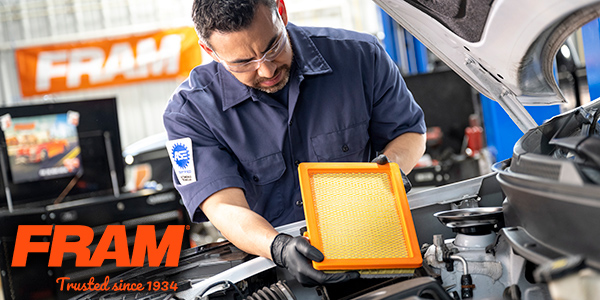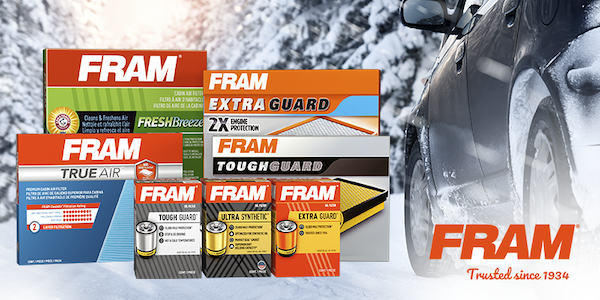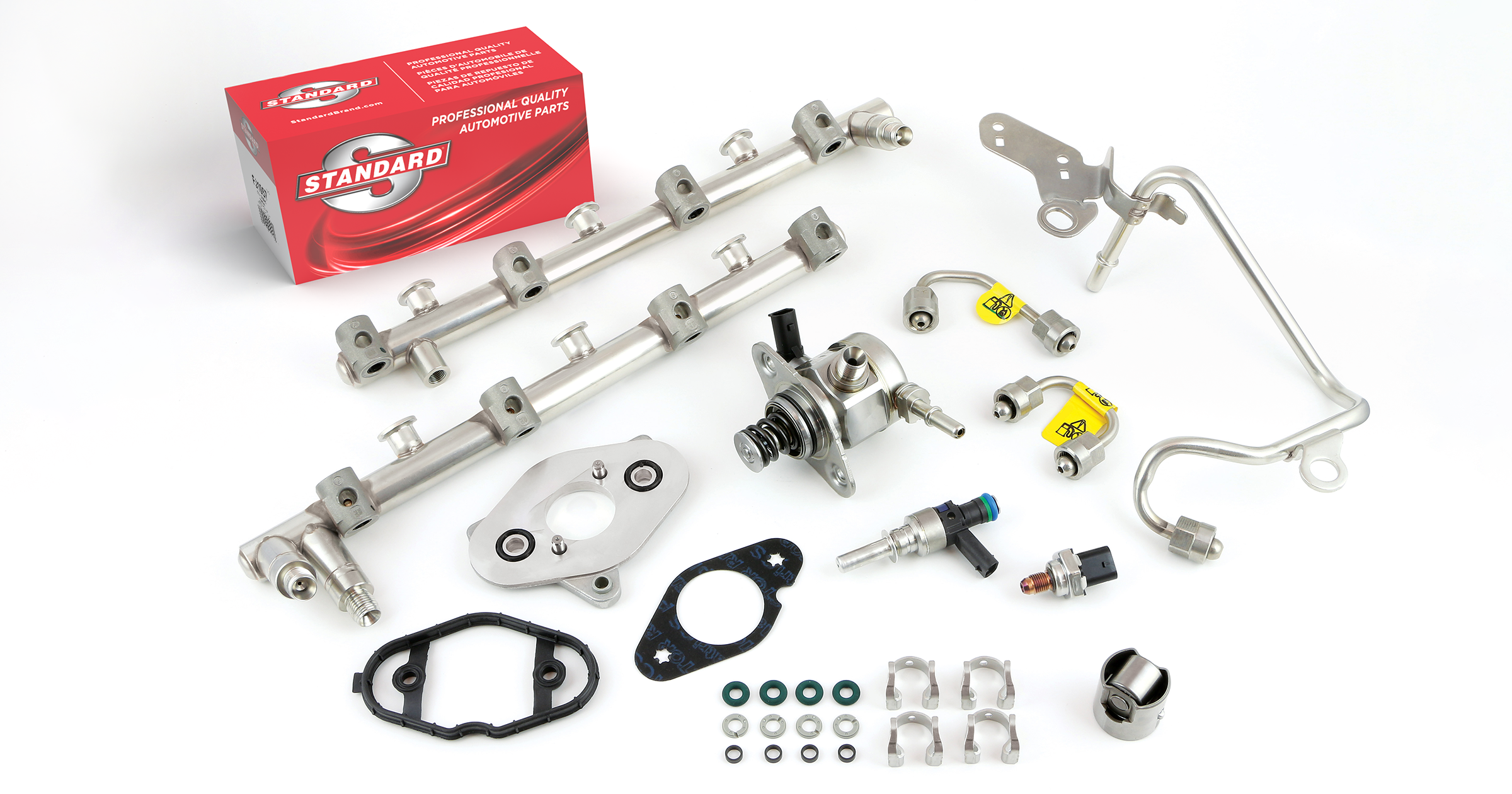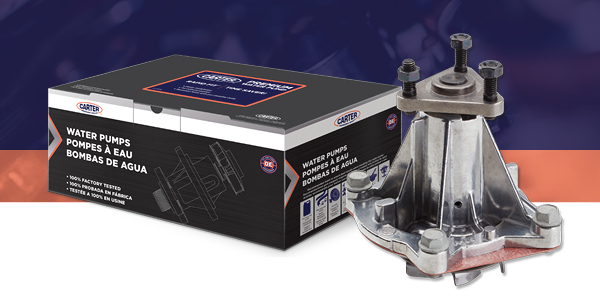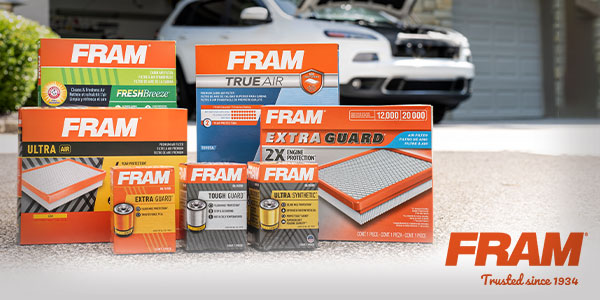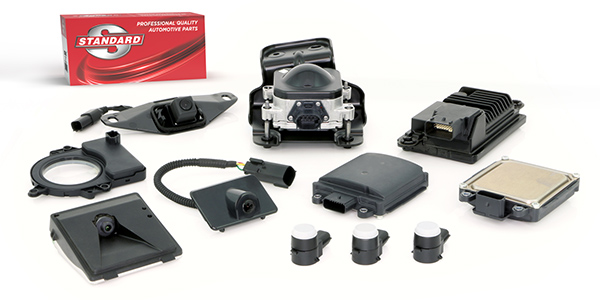
When it comes to road tripping in the winter, it’s important to be prepared. Even the most careful driver should take extra precautions before a winter road trip. Over 70% of roads in the U.S. are located in snowy regions. Twenty-four percent of weather-related car accidents happen on snowy, slushy or icy roads; 15% happen during snowfall or sleet.
AAA has been tracking holiday travel since 2001, and in 2018 the association noted that the number of people traveling by car during the holidays goes up every year. Last year, more than 100 million people in the U.S. went on holiday road trips.
With the holidays fast approaching, it’s time to talk to customers about road-trip preparation. Here’s how:
Find Out What Preparation Has Been Done
A good way to figure out what kind of shape the customer’s vehicle is in is to ask what they’ve done so far to prepare for a winter road trip. For example, have they checked their tire tread? Have they put together an emergency kit? How old are the windshield wipers? Cold weather is hard on a vehicle, and it’s likely that the customer isn’t fully prepared.
Create A Road-Trip Preparation Checklist
It helps both the store and the customer to have a checklist of items to look over. Aside from the obvious – such as checking the heater function and changing the oil – the list should cover the following items:
- Check the transfer-case fluid level
- Check the water pump for leaks and to make sure it’s in good working order (and explain to the customer that the cooling system still needs to function properly in the winter)
- Check the fan clutch to see if it’s working properly (and explain to the customer that if the fan clutch is stuck and remains engaged, it can cool the engine, preventing it from providing sufficient heat)
- Check the wheels
- Make sure the lug nuts are properly torqued
- Check for play in the wheel-hub assembly
- Check the fuel pump
- Visually inspect the timing belt for cracks or missing teeth
- Check the tension on the serpentine belt
Once the checklist is complete, talk to the customer about the parts or fluids needed and ask if they plan to complete the maintenance items themselves or if they plan to take the vehicle to a repair shop. If the customer plans to take the vehicle to a shop, you might recommend a professional installer that you know and trust.
This article was sponsored by GMB North America, Inc. For more information, please visit our website at www.gmb.net






